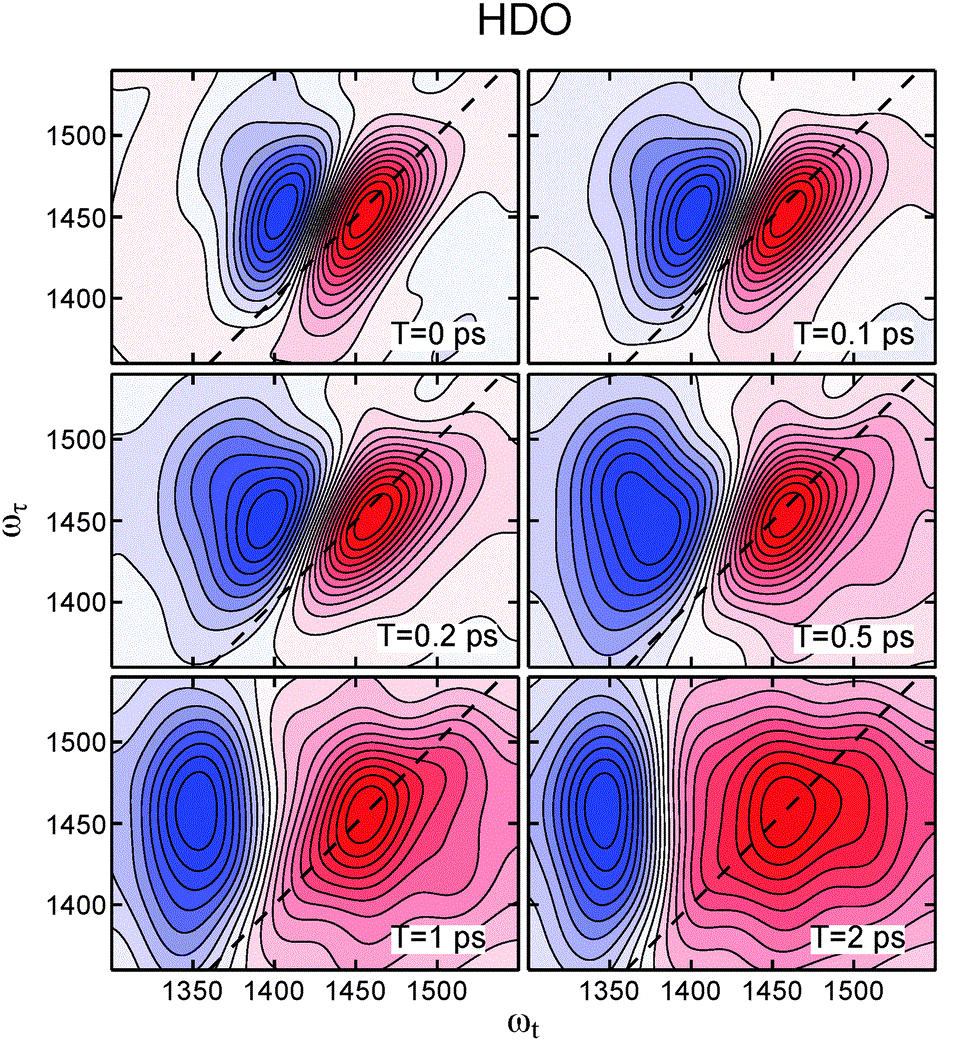This review discusses research on the plasmonic properties of small clusters of metal nanoparticles, with two and three particles. These are the simplest examples of ‘plasmonic molecules’. Coupling between two particles leads to new surface plasmon resonances and to the creation of a hot spot of a strong electric field in the gap between the particles. Such a hot spot can be used to enhance Raman scattering or fluorescence, making plasmonic dimers useful for applications in spectroscopy and sensing. Trimers offer a richer spectrum of options for coupling between particles, which can be analyzed using group theory to obtain the plasmonic modes, in analogy to vibrational modes. Symmetry plays an important role in our understanding of the physics of plasmonic dimers and trimers, and new physical phenomena may appear when the symmetry of a dimer or a trimer is broken, including directional emission, Fano resonances, plane chirality and more. The review introduces some of these concepts, the basic physics behind them and their possible applications. Focus Point sections describing selected outstanding recent developments accompany the review.




